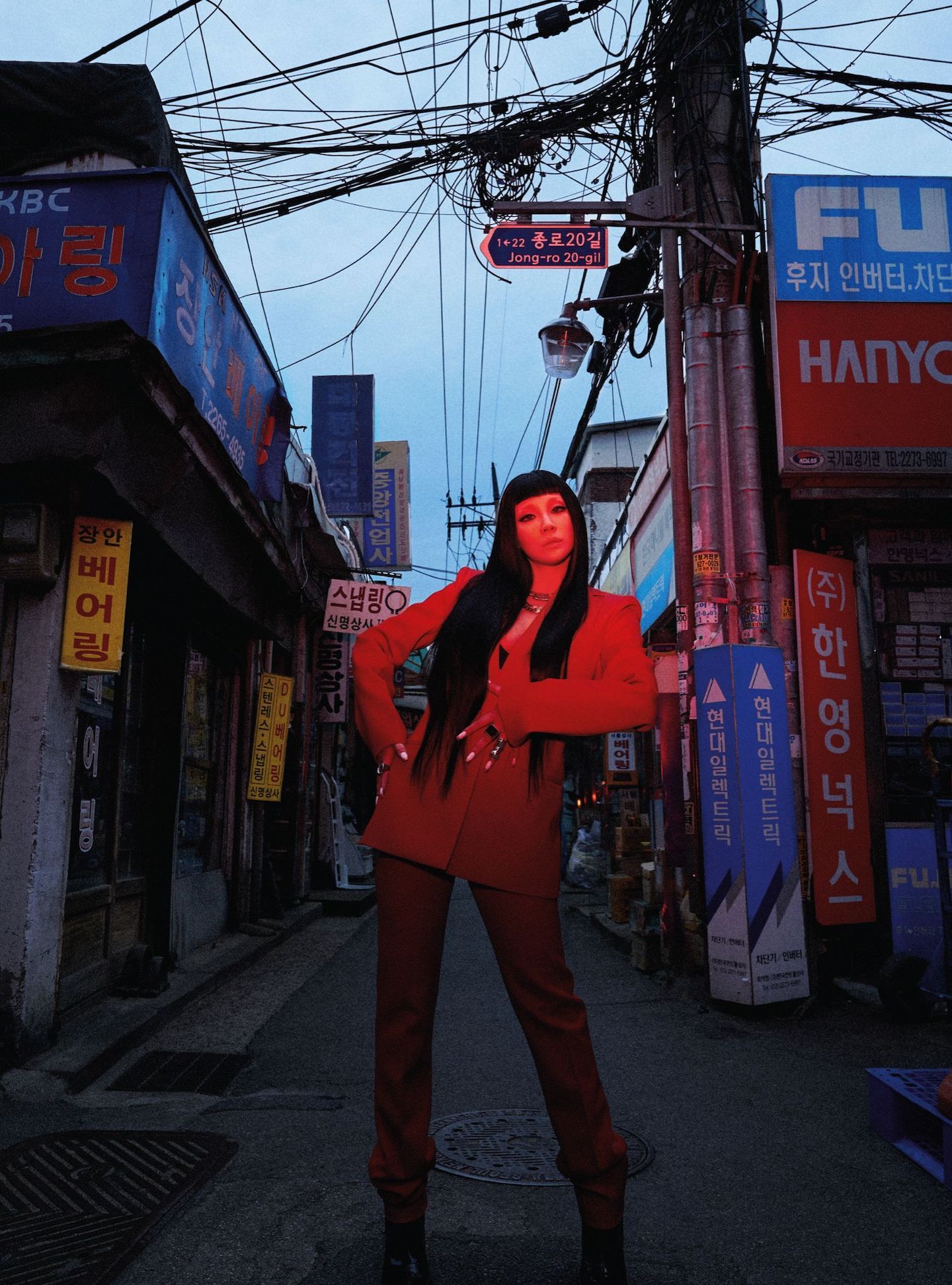Original Sin: A First Look at SUNDAE SCHOOL’s New Zine About Weed in Korea
|Cassidy George
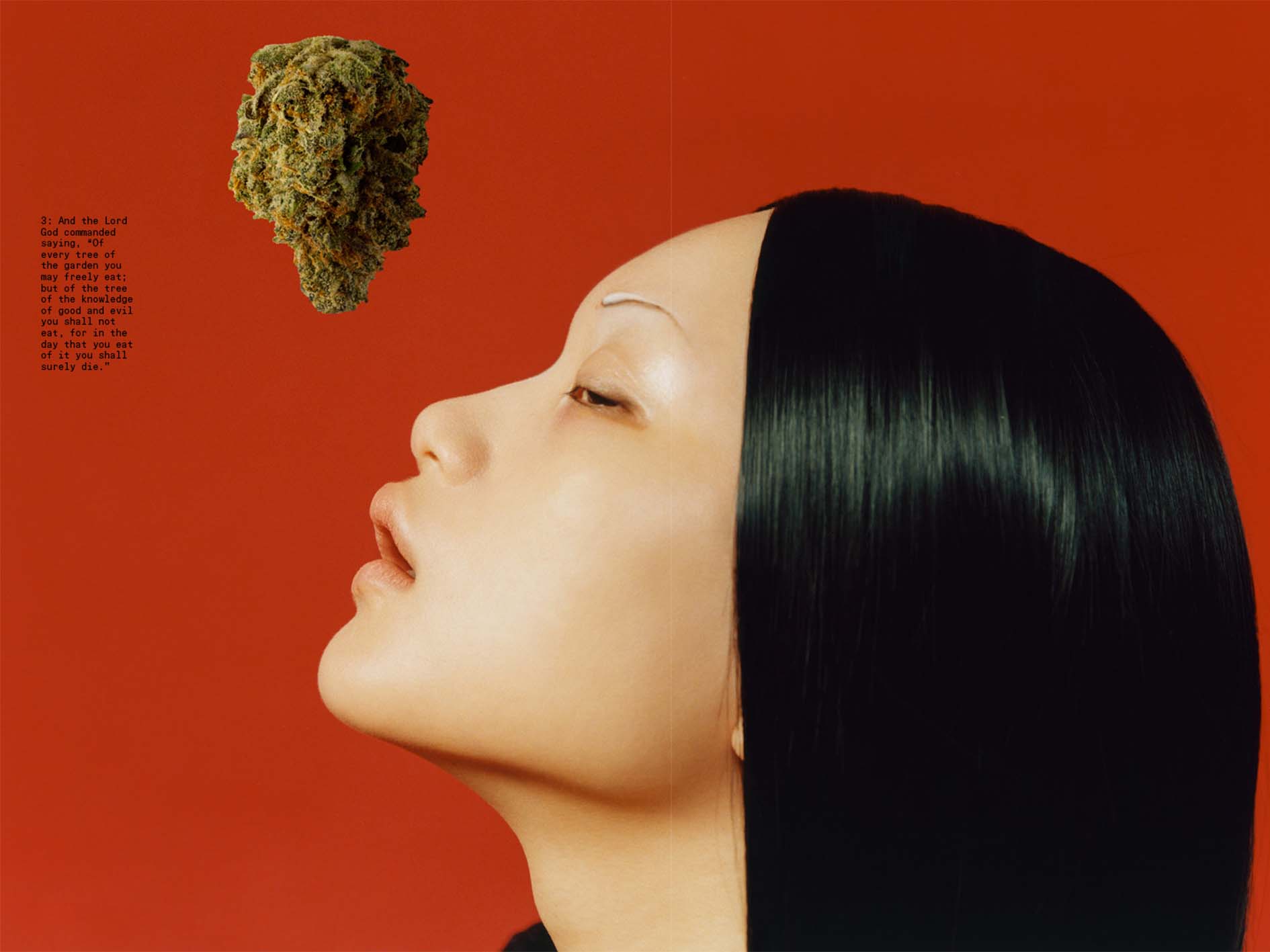
In 1976, the South Korean President Park Chung-hee passed the Cannabis Control Act. He justified the new law by stating: “At this grave juncture that will settle the life and death in our one-on-one confrontation with the Communist Party, the smoking of marijuana by the youth is something that will bring ruin to the country.”
Despite global legalization movements, the social and cultural stigma surrounding marijuana remains immense in South Korea, and those who partake risk imprisonment and hefty fines. The mystique and allure of this taboo is what propels the artistic vision of Dae Lim, the co-founder and creative director of the label Sundae School.
Launched in 2017 by Lim and his sister Cindy, Sundae School is a Seoul made, New York based “smokewear” brand that explores the contradictions of Korean-American identity through the provocative interplay of Christian religion, “higher” education and stoner culture. “Growing up in Seoul, I was taught that cannabis is the ‘devil’s lettuce’ by my parents, the church, and the media,” Lim said. “Across generations, many Koreans deem cannabis similar to heavy narcotics, such as heroin and methamphetamines. When I came to America, I became curious and started learning about cannabis and the ever-expanding culture that surrounds it. When I finally had the courage to inhale, I learned that my opinions were prejudiced by misinformation and that it could in fact be a tool for self-discovery and enlightenment.”
Today, Sundae School unveils the (forbidden) fruits of their labor: a zine and accompanying capsule collection called “Genesis: Chapter Two.” The zine, titled Garden of Eden, is Sundae School’s own version of Adam and Eve: a narrative that mirrors Lim’s own awakening to the healing powers of cannabis, and that stays true to the countercultural, sacrilegious spirit of the brand. On the occasion of its 032c premiere, Lim spoke about the genesis of their high-minded zine, and the political and historical context that makes his taboo design and embrace of “original sin” so subversive.
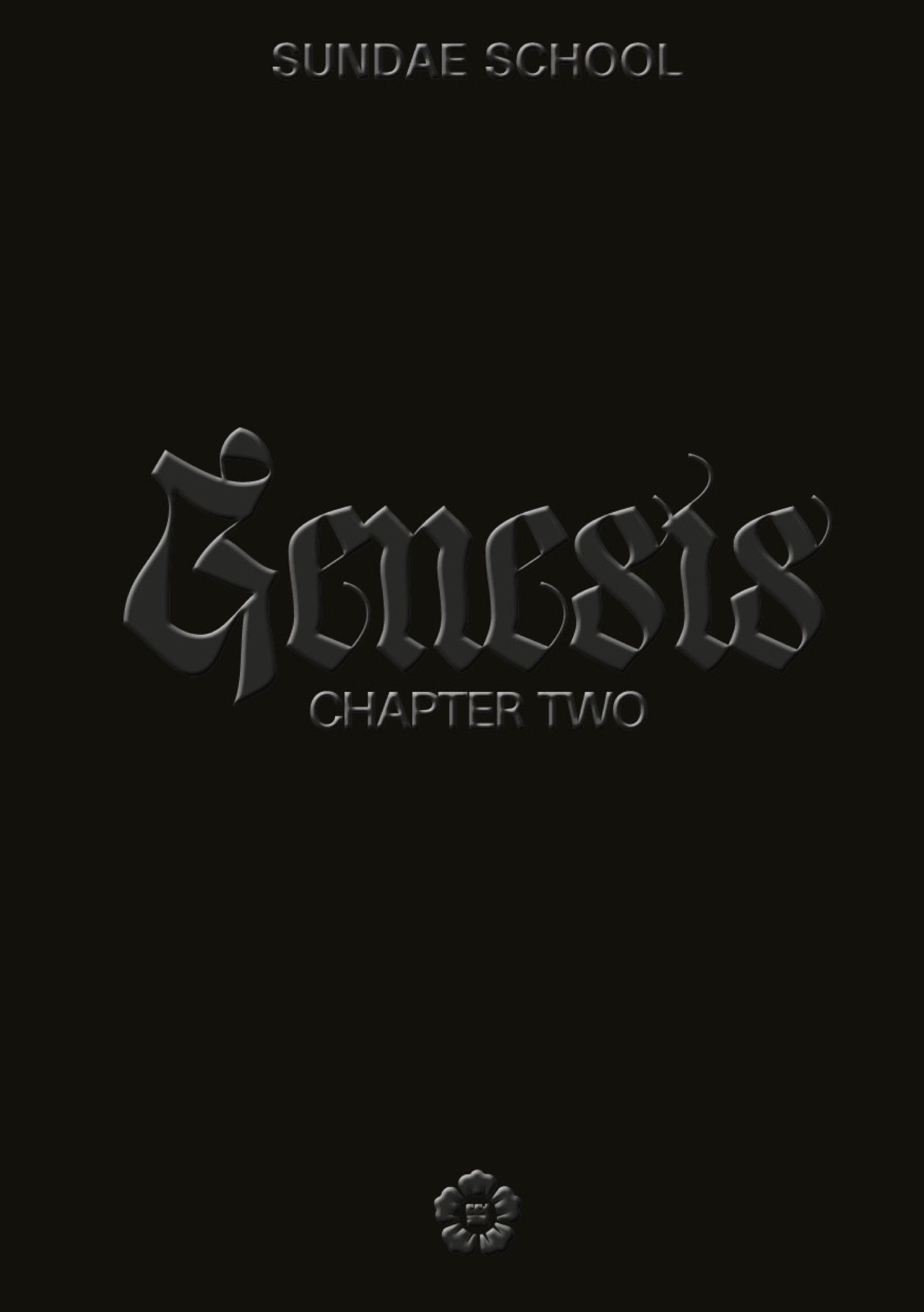
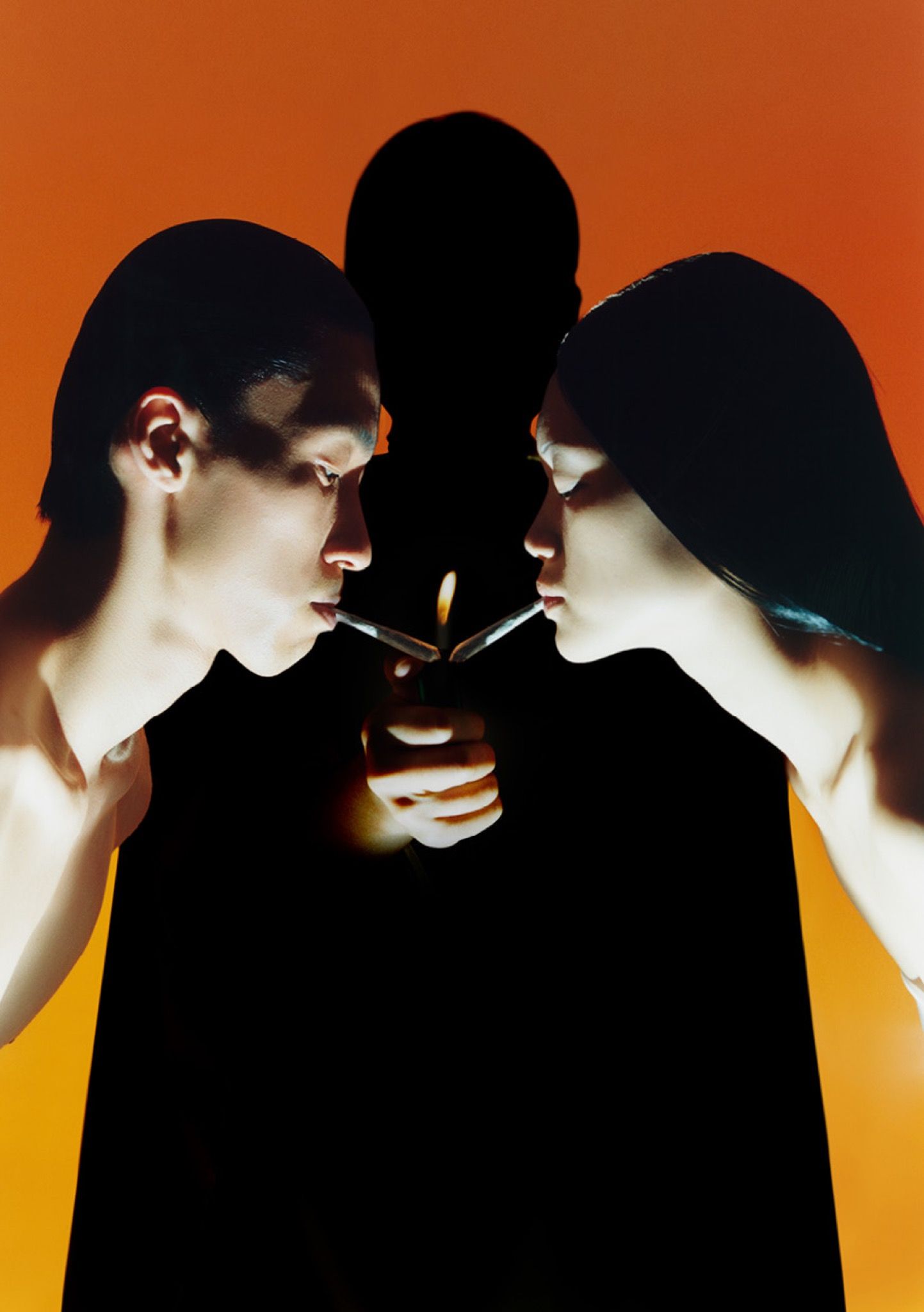
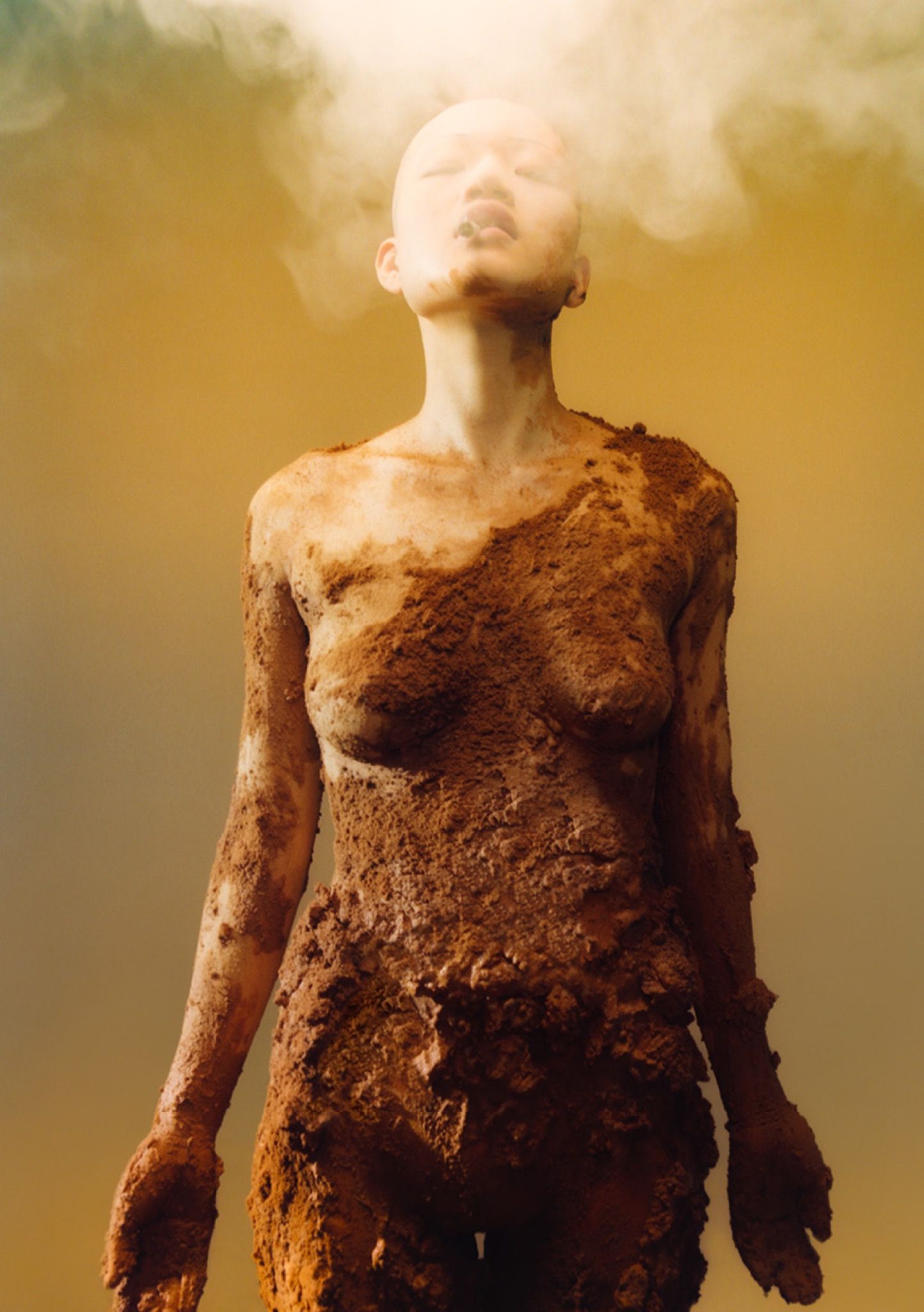
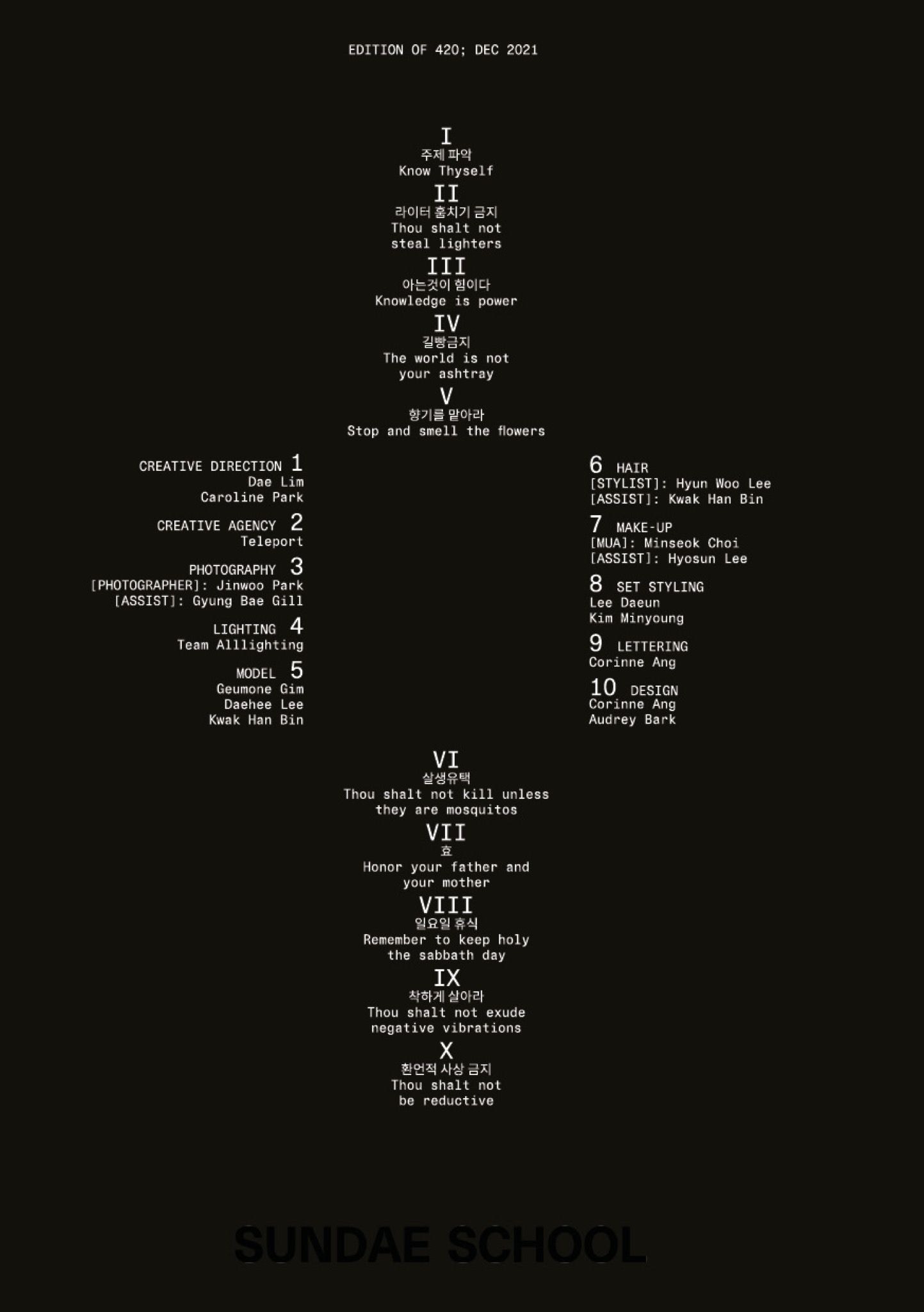
Cassidy George: Can you tell us about the Sundae School campaign/chapter that precluded “Genesis: Chapter Two”?
Sundae School: In 2017, we launched the brand, imagining a world where a Korean God got high every day to create the universe. Our first campaign was called Genesis, and it followed the seven day creation cycle. It selectively quoted the Bible to make God seem like a pothead. Since then, we wanted to continue with the next chapter of the story — Original Sin — and interpret it from a higher perspective.
When we started working on Chapter Two, we actually had to cut a lot of things out because we were shooting in Korea, where cannabis is considered the “original sin.” For example, we couldn’t develop the weed garden we had originally planned. We had to individually make the weed plants from moss, molding clay and resin, and we ended up making 420+ little nuggets, which took almost a month. We felt there was something so carnal about this campaign that screens couldn’t capture, so we decided to do it the old school way: by shooting film, drawing out individual type with our amazing designer Corinne Ang, laying it by hand, and printing the zine. I got a few paper cuts, but I’m a survivor.
If I were to be taught about Adam and Eve at Sundae School, how would the story go?
In Sundae School’s version of Garden of Eden, the “Tree of the Knowledge of Good and Evil” is the cannabis plant. As Adam and Eve break the rules of heaven to inhale, they are not ridden with shame, but rather filled with joy from the enlightenment the plant brings. As they get banished from heaven, they realize that heaven, without knowledge and perspective, is just a figment of imagination. By lighting up for the sake of knowledge, they create their own version of paradise, with their own rules and systems, rather than the one that was bestowed upon them. In the final scene, God decides to leave heaven and join them. God then offers her hand to light up the torch.
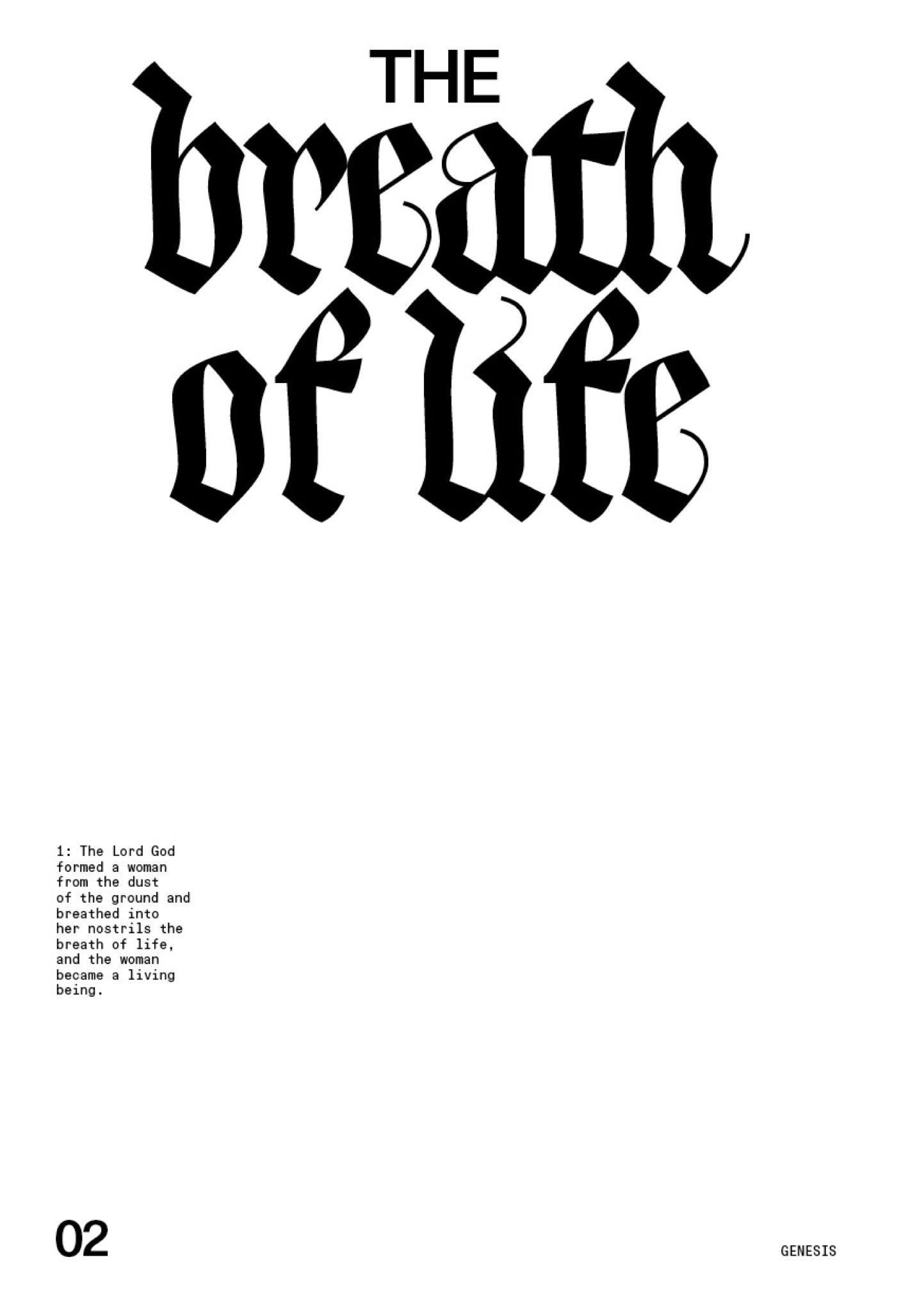
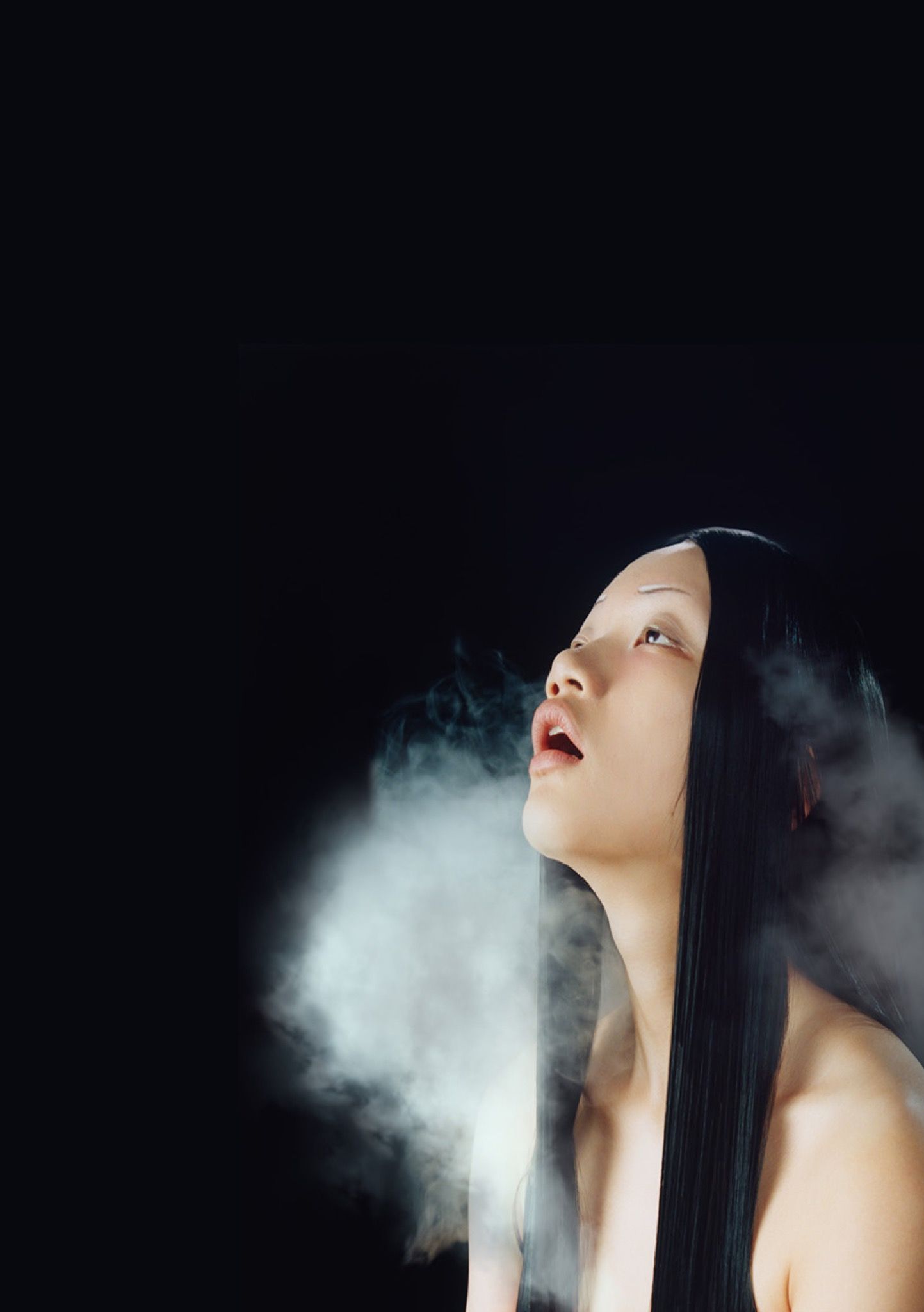
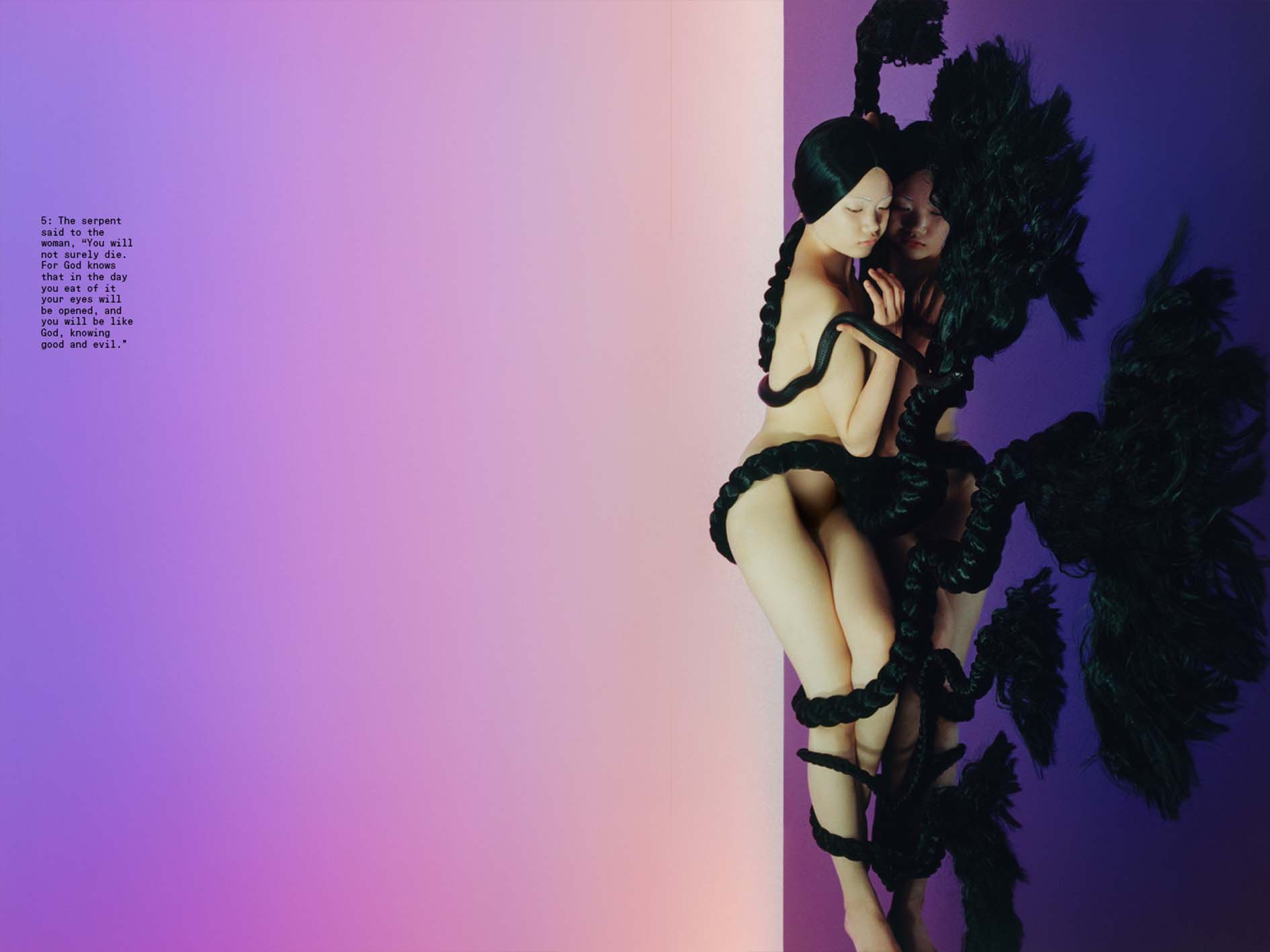
Weed is one of many things, like tattoos and porn, that are still incredibly taboo in Korean culture. Do you feel those attitudes are dissipating, as the next generation comes of age and into power?
Actually, cannabis didn’t have this reputation in South Korea before the Americans came – more specifically, through its massive military presence during the Division of Korea, and missionary presence, which strove to evangelize the mostly Buddhist and Confucian population. The laws banning cannabis were formed in the 1970s. Previous to that, hemp plants were widely grown across the nation to make fabric and oil. There is a mask that originates from Andong, where cannabis was widely grown, called 하회탈 and a widespread urban legend states that the mask was based off of people who were high “af” in the region.
Cannabis is still considered very taboo, and is often equated to opium or hard drugs that require subcutaneous injection. However, the stance is slowly dissipating because of the cultural revolution and freedom of expression, which is a core value of younger generations. The internet has also made it easier to share stories that contextualize cannabis as a mode of recreation – or merely as a plant with healing properties, like ginseng.
Obviously fear of prison is still visceral. Many even fear learning more about cannabis. If you are Korean, you are technically committing a crime no matter where you smoke weed — even somewhere like Berlin. But this is why we do what we do: share information, inspiration, and narratives surrounding the plant. I mean how is drinking five bottles of soju on a Wednesday totally legal and smoking a joint illegal? It still baffles me.
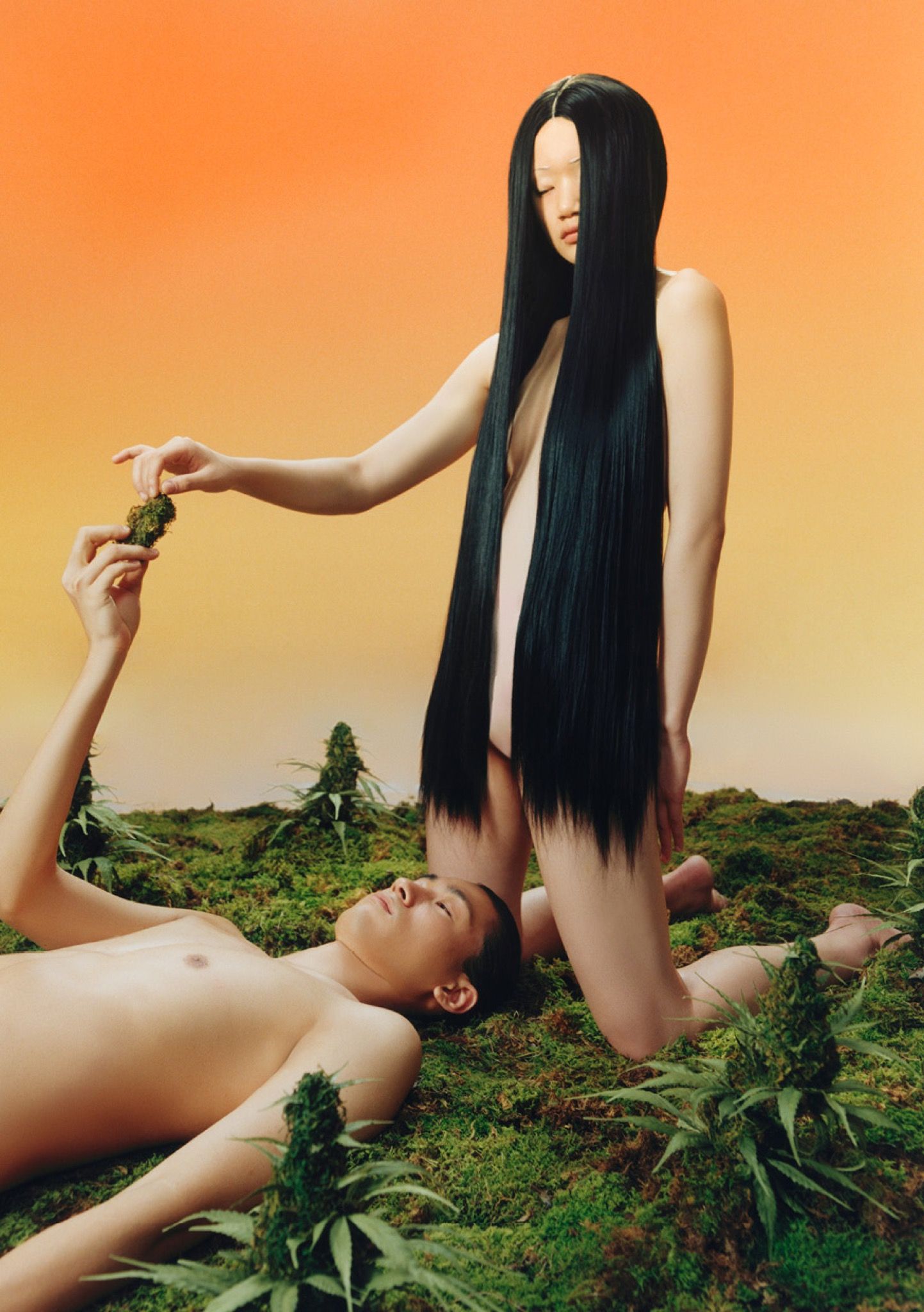
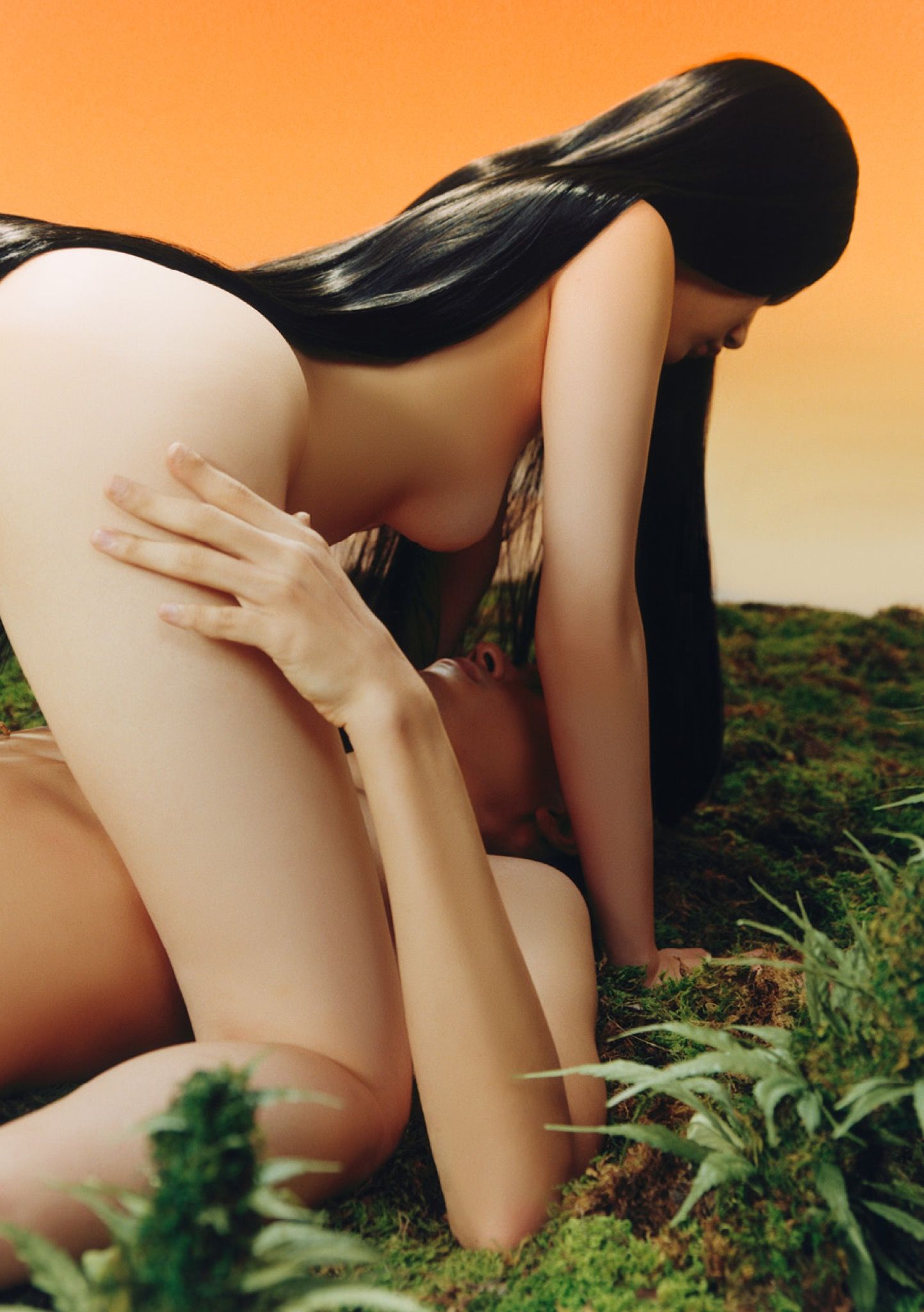
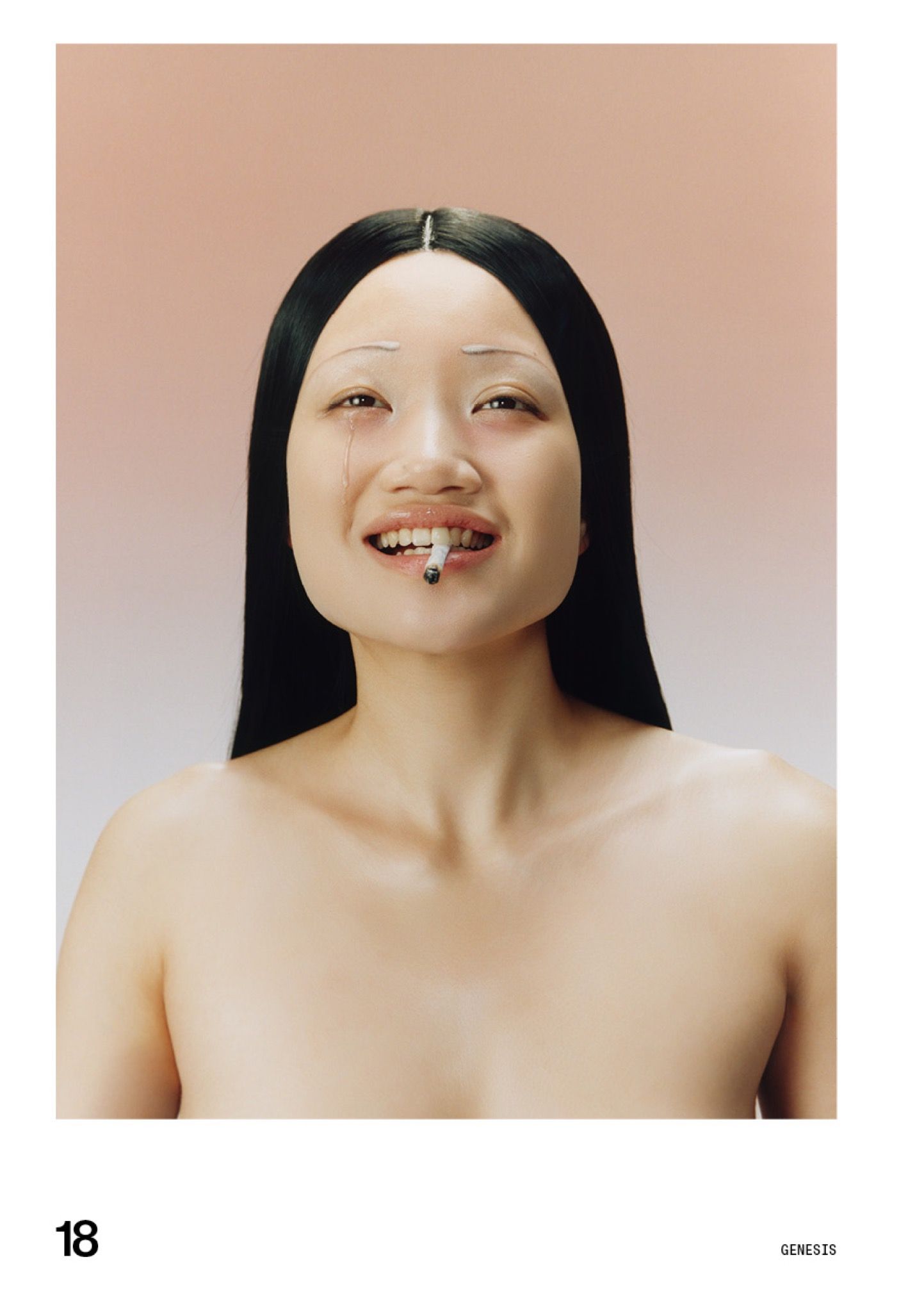
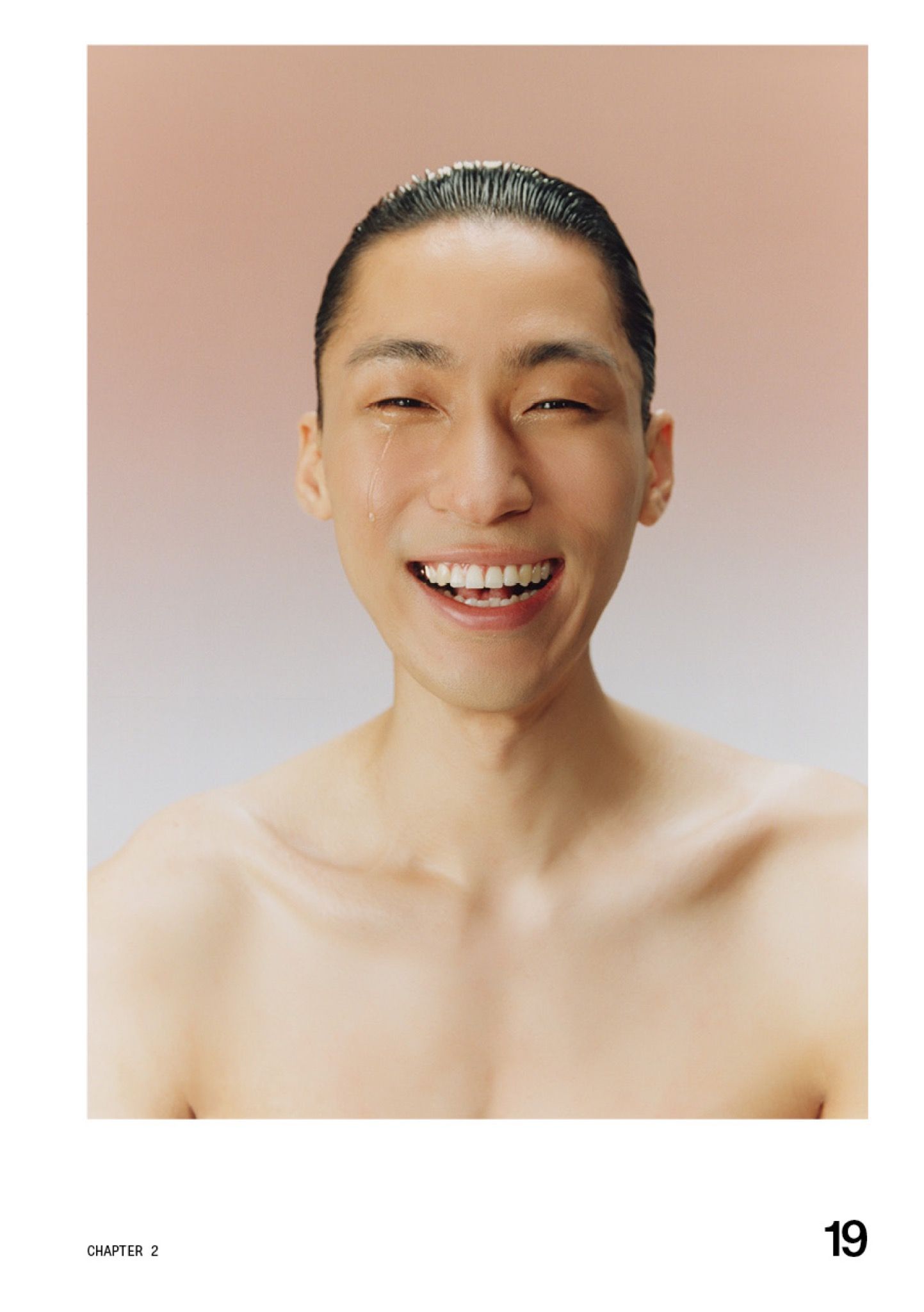
Korea occupies a unique space in that it is perceived as extremely progressive in terms of aesthetics, design, technology, and finance, but still has these conservative values deeply embedded within its culture. How do you reconcile that?
The core conservative values come from millennia of Confucian ideals that set narrow boundaries of what is deemed “righteous.” But with increasing Western influence after WWII and the technological and industrial revolutions during the mid-20th century, capitalism invaded the zeitgeist and suddenly the dream of the middle class became possible. That’s when I think the style revolution began in the 80s — people felt more empowered to differentiate themselves through garments and personal styles, such as hair color, etc. To this day, many Koreans constantly struggle with knowing when to follow the herd and when to differentiate. But actually I think that may be a universal human struggle.
What does it mean to be Korean in 2021, in this era of influence and power?
It is definitely an interesting time to be Korean. I think that our culture really propelled to the global stage in the late 2000s, with the rise of K-pop and Korean TV shows.
Regardless of whether it is 2021 or 1961, being Korean is encapsulated by the spirit of 한 / Han: a modern, post-colonial identity filled with grief, resilience, and grit. In my opinion, we were able to create a rich, incredible culture through resilience and the struggle to survive. Han requires a delicate balance. The grit and the grief — one cannot overtake the other. The Yin and the Yang, just as it is on our flag. It means appreciating and channeling the rich cultural history of our small, dense peninsula squeezed between two titans — China and Japan — that have constantly invaded us, but also individualizing and evolving that history into a contemporary context, which comes with greater degrees of freedom and responsibility.
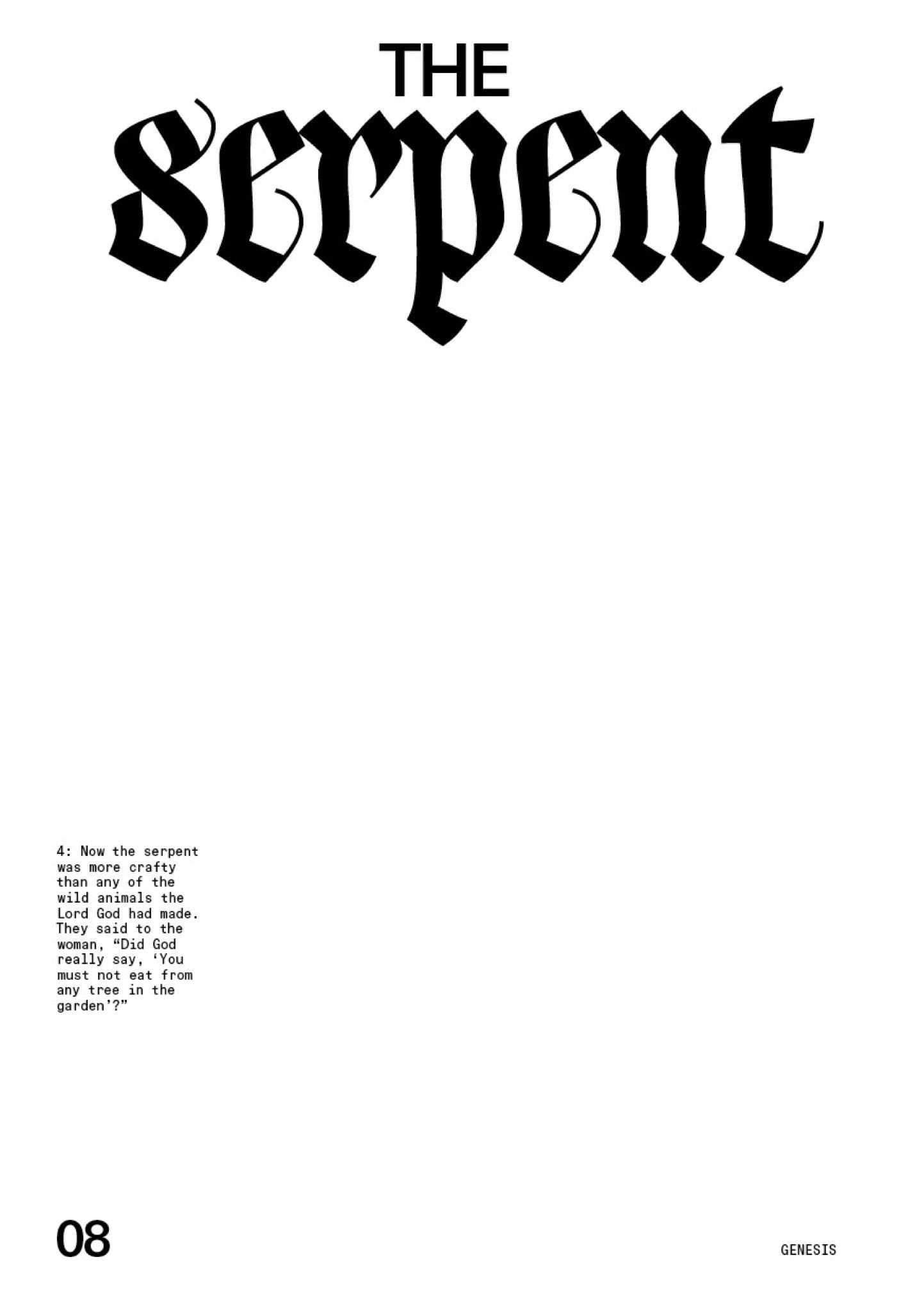
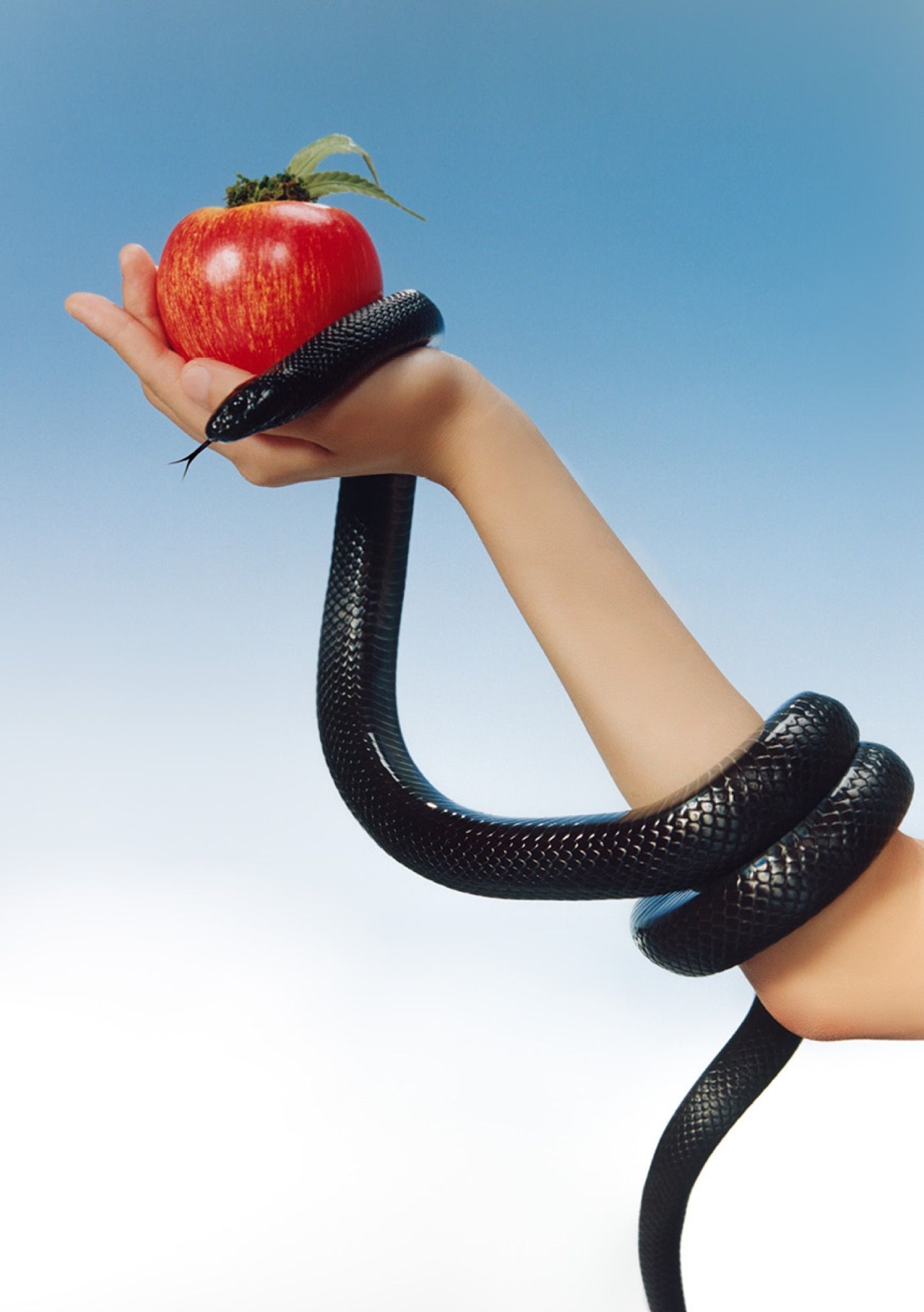
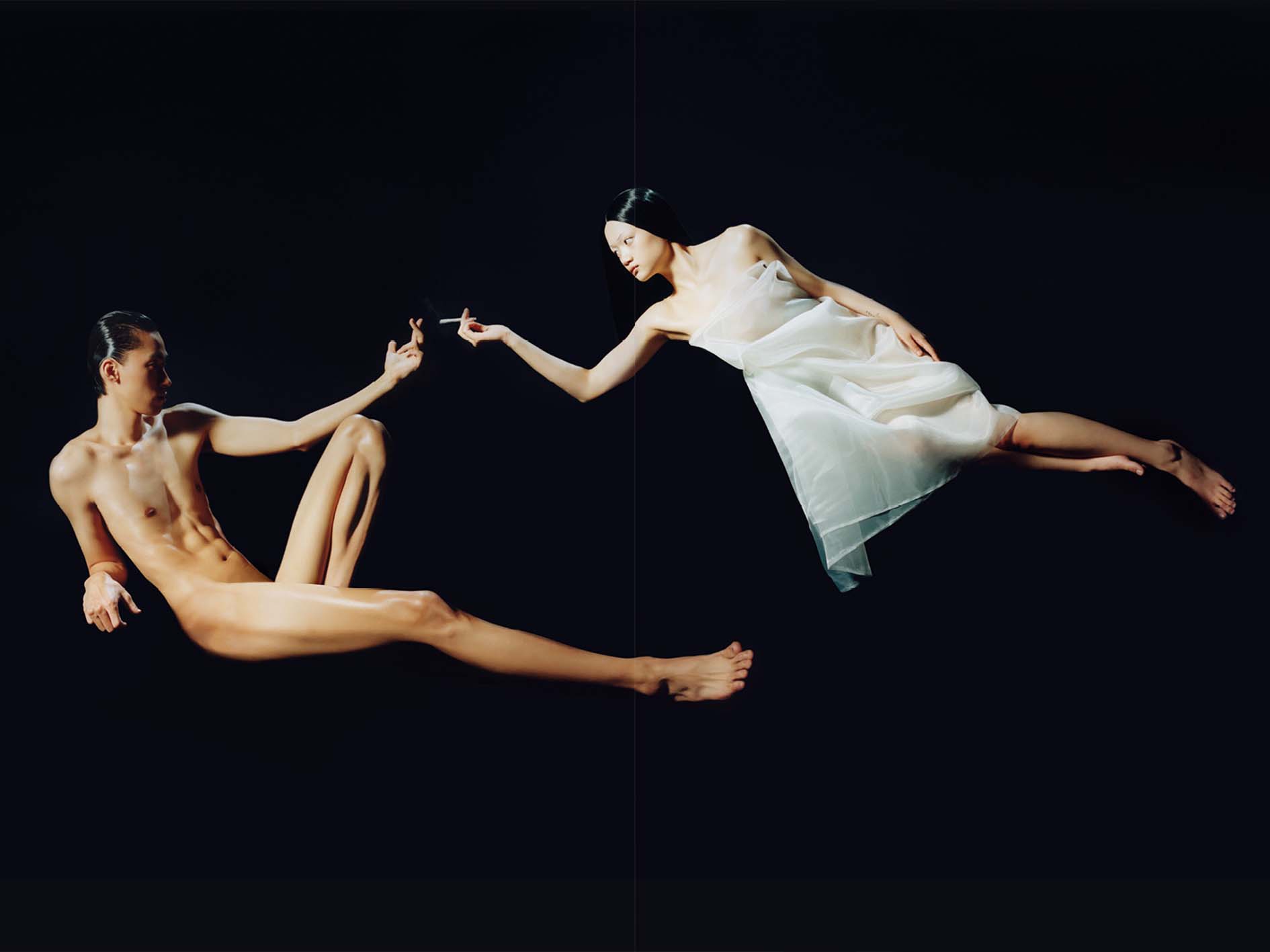
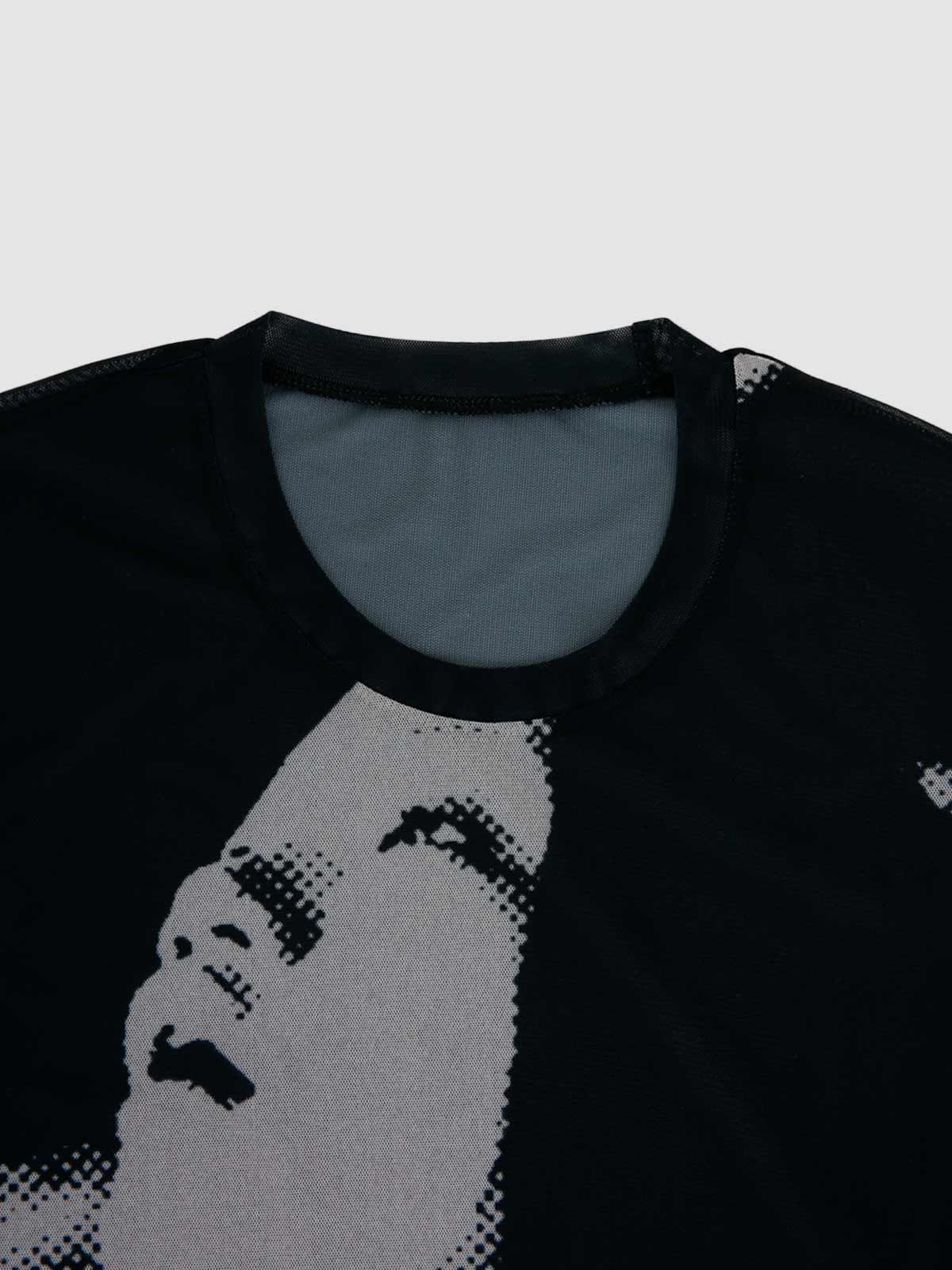
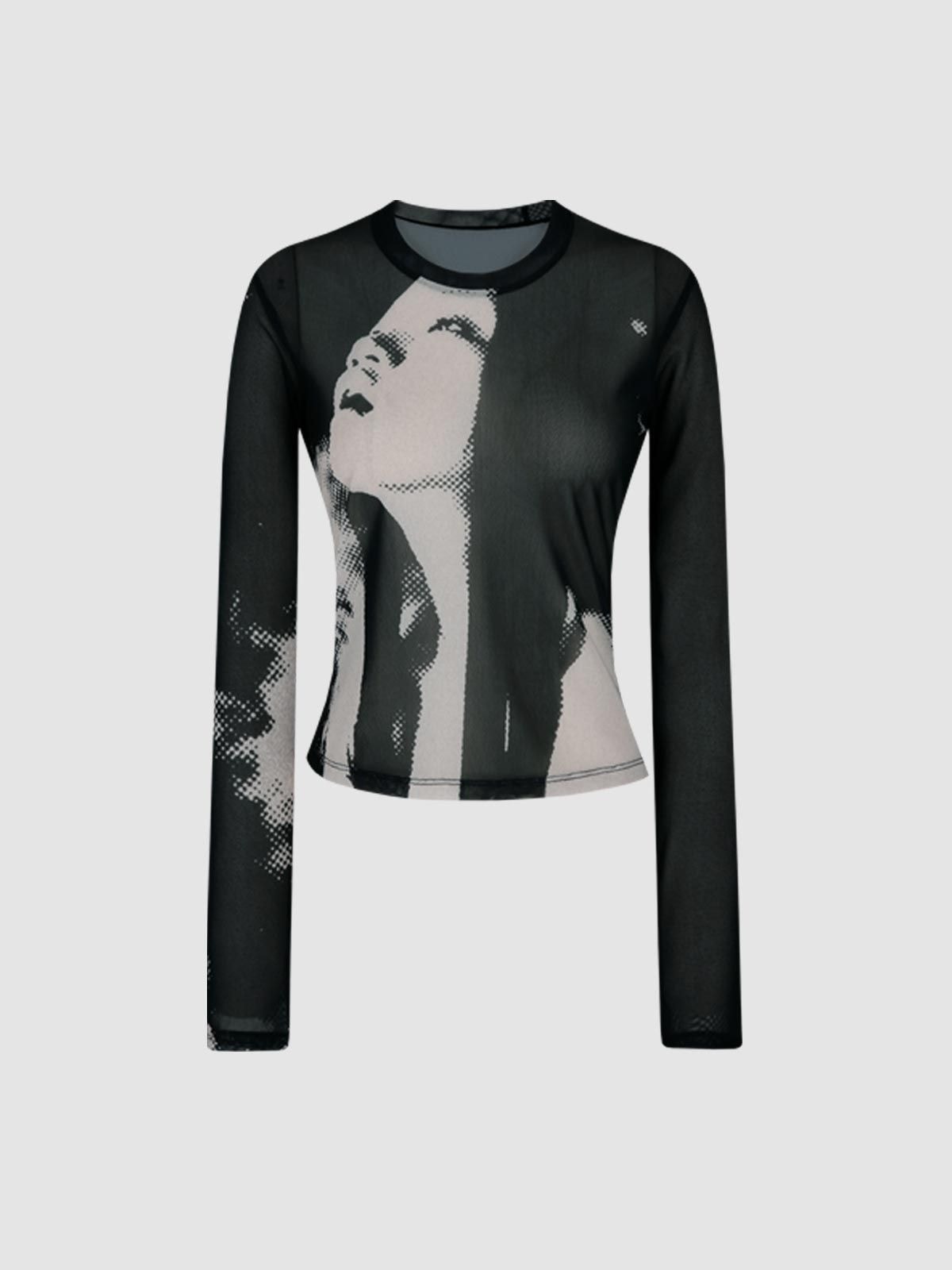
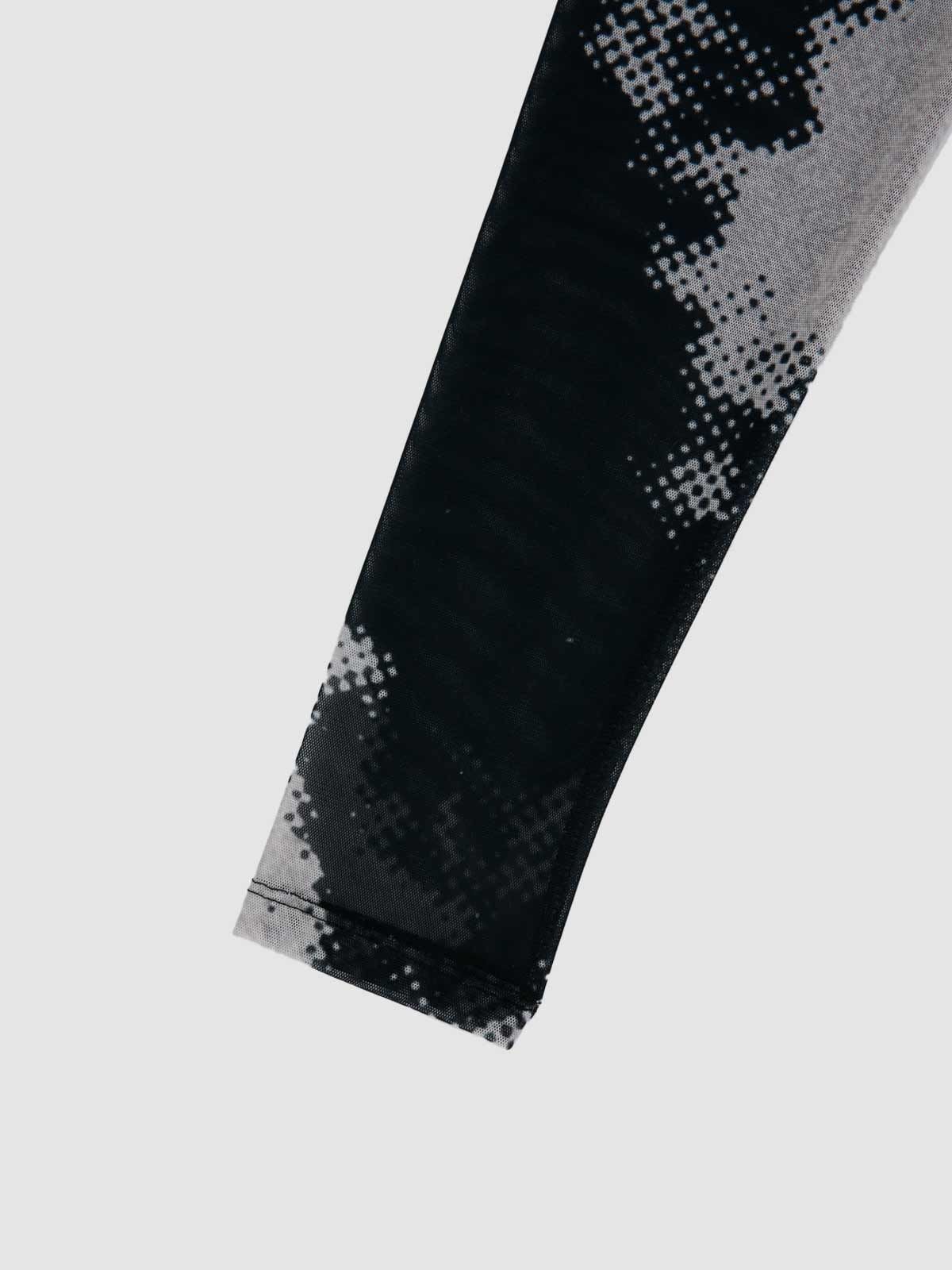
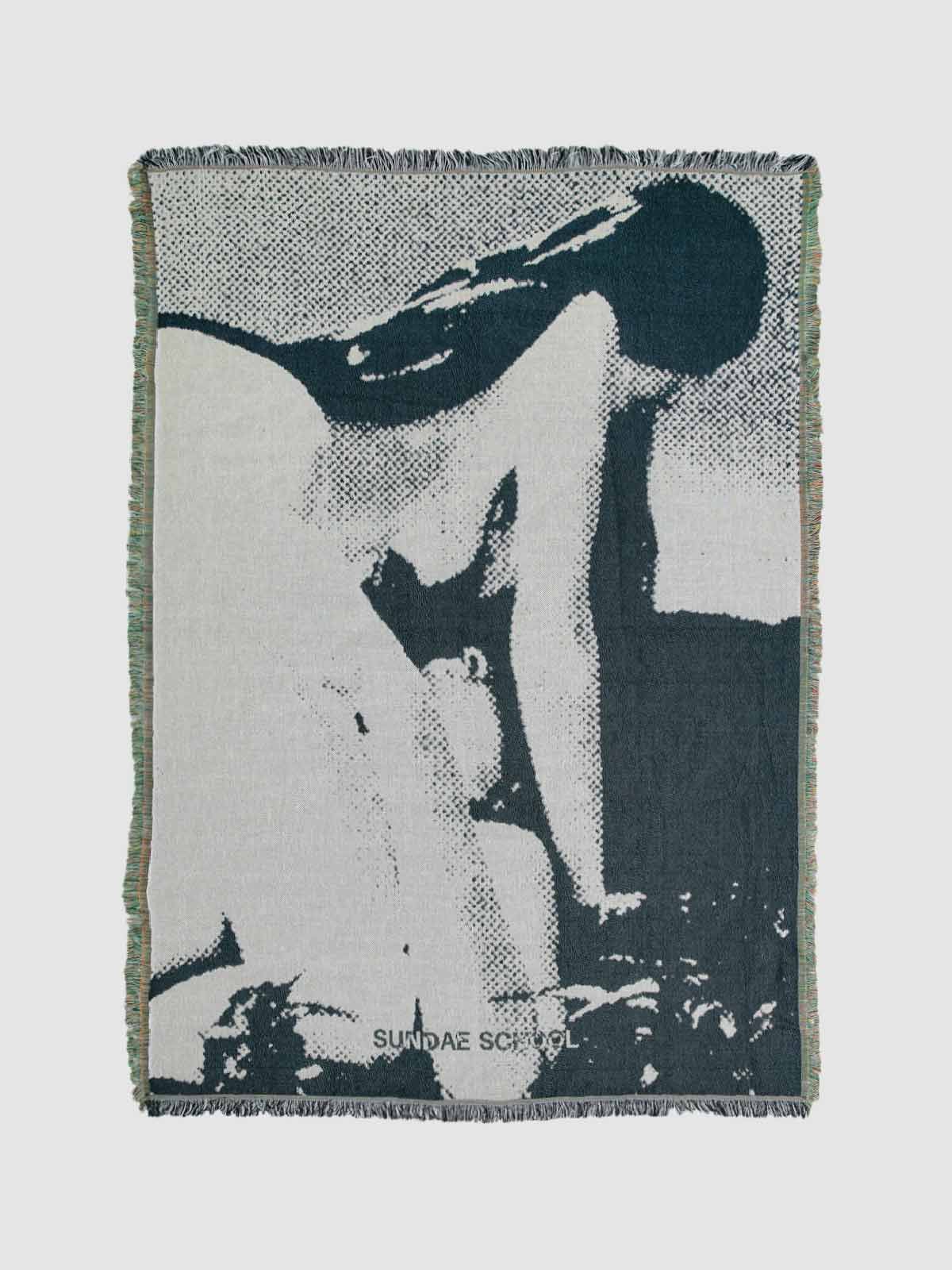
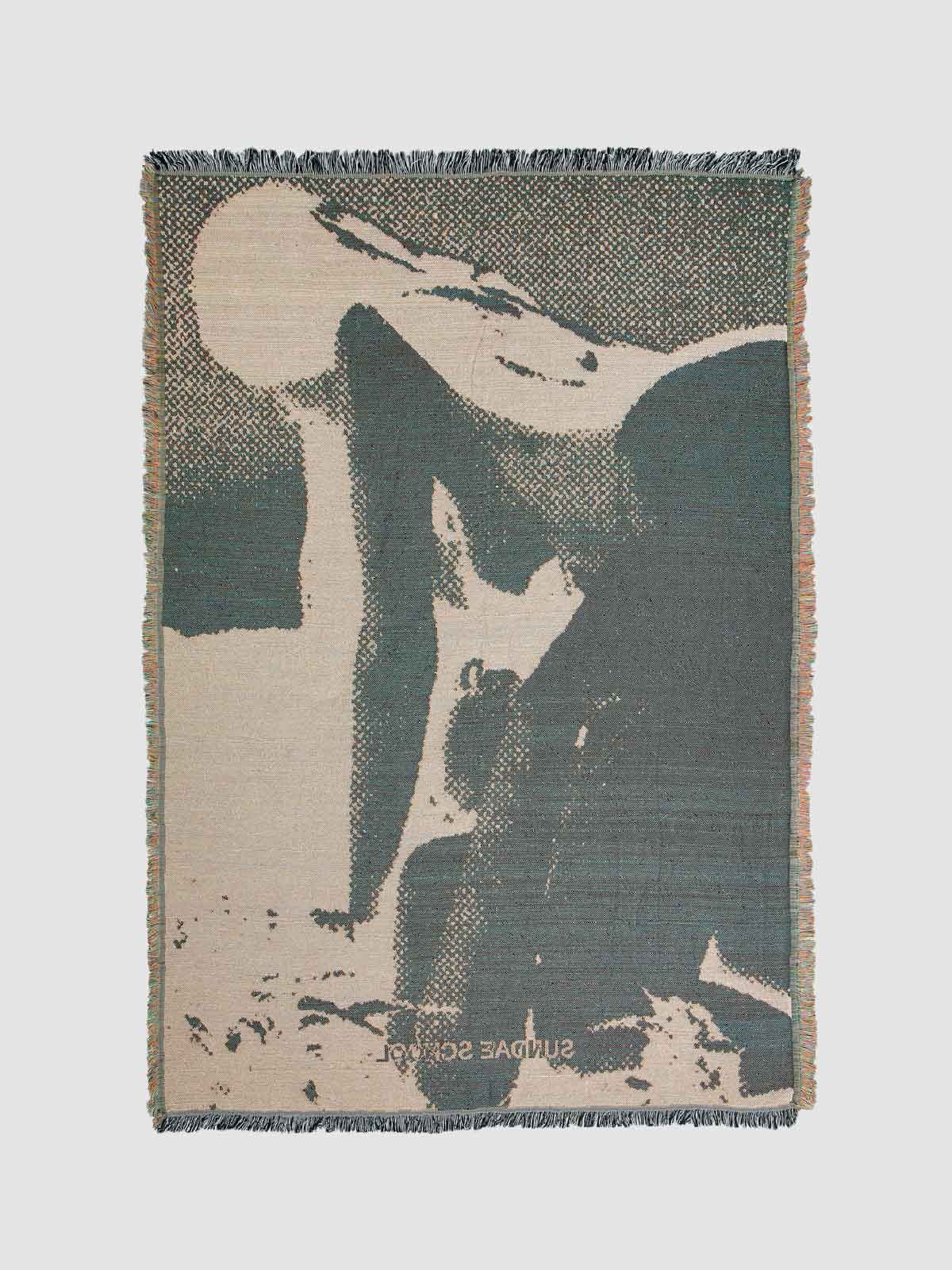
Credits
- Text: Cassidy George
- Photographer: Jinwoo Park
